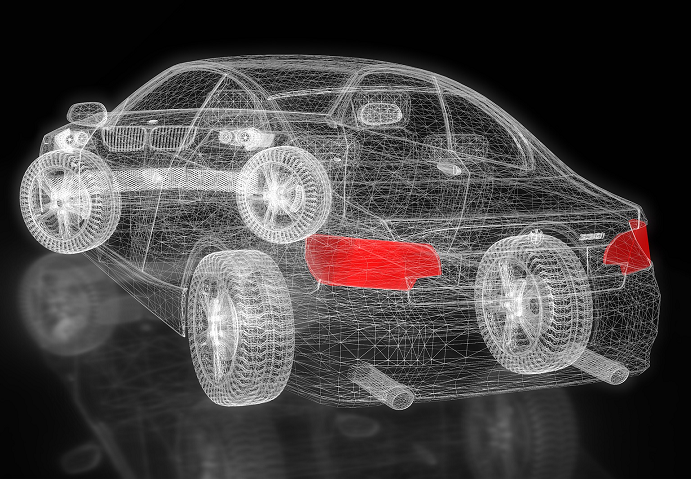
As your local Broward County auto tag agency, we know how challenging car problems can be when you’re trying to get your car registered in the State of Florida. Personal maintenance is a great way to save money on your car expenses. When you’re living in the (sometimes oppressively) humid tropical climate of South Florida, your car will go through batteries like a kid through a bag of gummy bears. The damage from the increased UV rays, the additional heat, and the constant beating from ever-changing traffic lights can mean a little extra love is needed. So, what do you do when that fearsome “Check Engine Light” blinks yellow or red?
Your first step is always going to be having your codes run. Thanks to the past days of regulations on profiteering by big corporations, cars are still bound to have common codes. You don’t have to rely on the dealership’s exorbitant diagnostic fee to know what’s wrong with your car and whether or not the blinking light is as serious as they would have you believe.
What Is an OBD-II Code?
Modern cars have computerized diagnostic systems that can monitor everything from tire pressure to engine performance. This is the OBD, or On-board Diagnostic system. This system has been around since the 60’s, when Volkswagen released the first scanning system internal to the car. OBD-II is the designation for the latest type of connector, which pulls data from the computer’s ECU, or Engine Control Unit.
What Is an ECU?
The Engine Control Unit manages and reads all the information sent from a series of sensors within the car to the car’s computer. It controls the timing of valves, air mixture within the engine, and various other essential components to keep a car running efficiently and safely. For example, many cars have a limp mode that activates whenever a major malfunction occurs. This is meant to save the engine so that you don’t have to worry about a fire or destruction of the engine, the most expensive component of a car.
The ECU is a finely tuned piece of equipment, and can be susceptible to electric shocks and errors. Unless you’re dealing with a very experienced racing and modification company, you do not want to modify your ECU, as frying the computer of the car is always a very expensive fix. This is the double-edged sword of modern mechanics. While cars are easier to diagnose because of the ECU, they are not as easy to fix by the layman due to the need to reprogram the computer when performing maintenance.
How Can I Read My Car’s Diagnostic System?
Most OBD-II readers are expensive, however, the price may be worth the inconvenience. Two trips getting a diagnosis from the dealer would likely cover the price of an OBD-II reader. However, this is not necessary as many automotive parts stores will read your codes for free. Simply call a store, like Advance Auto Parts or Auto Zone, and ask them if they will read your codes whenever a strange light comes on your dashboard.
Once I Have the Codes, What Should I Do?
Once you copy down the series of numbers and letters given to you, your next step is to reference them in either your car manual, or consult some online resources. Depending on the make and model of your vehicle, the code may be specific or vague in detail. However, this is the first step the mechanic takes when diagnosing a car and therefore, should be your first step too. Not only will this help you prevent getting taken for a ride at the steal-ership, it may let you know if the problem is serious or inconsequential. Also, you might be able to fix the problem yourself.
At Auto Tags of Florida, we want our customers to save themselves money and time. As your local Broward County auto tag agency, we offer next-day tag renewals and various other services! Contact us today to find out more.
In our next blog, we’ll provide you with the common list of OBD-II codes. Check it out!